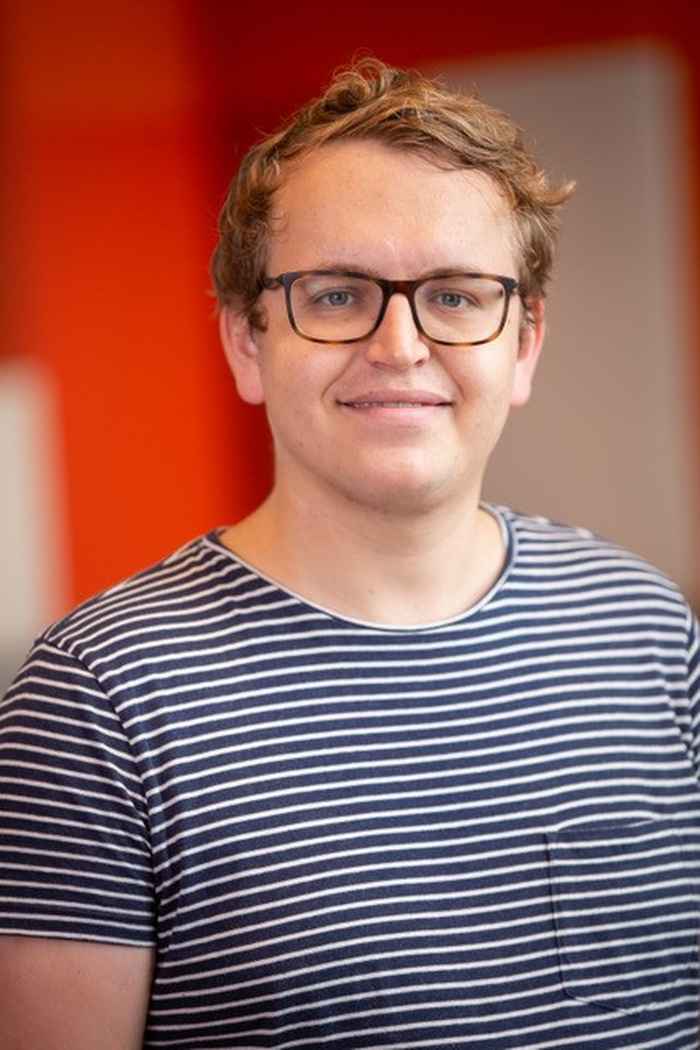Derk Kooi
Visit: 1 month

Dispersion Interactions: a new theoretical approach in a pure Density Functional Theory framework
Calculating intermolecular (van der Waals) forces is a challenging aspect of quantum chemistry, but extremely important for its use in chemistry and biology. Density Functional Theory (DFT), the workhorse of quantum chemistry, naturally captures the electrostatic and induction components of intermolecular forces, but has difficulty describing dispersion. The difficulty can be easily rationalized, since electrostatics and induction result from the electron density and distortion thereof, respectively, while dispersion is in fact a feature of the intermolecular electron pair density. This is remedied in practice by including empirical corrections based on the positions of nuclei and free atomic polarizabilities, which suffer from deficiencies, such as lacking anisotropy and not allowing for a self-consistent correction of the density. In our work we have introduced a new class of wavefunctions, which allow for correlation of the electrons without electron density distortion. This results in computational simplification and is conceptually appealing in the context of DFT.
The group of professor Paul W. Ayers performs a large variety of research in the field of theoretical chemistry. They study new approaches to the electronic structure problem, chemical reactivity, fundamental chemical concepts (among which conceptual DFT) and machine-learning methods for properties and reactivity. Their methodology spans the spectrum from mathematical studies of underlying physics, to the development of new computational methods and to the application to relevant chemical systems. The main objective of the visit is to develop an atomic basis set for our method, while a secondary objective is to look into the use of different density functional approximations for exchange-correlation holes, which are required by our method. Developing an atomic basis set is crucial to allow for efficient and reliable application of our method to molecular systems. Using density functional approximations for the exchange-correlation hole is a prerequisite to implementation of our method in standard DFT, as well as for using the method in a self-consistent manner. In a self-consistent calculation, the effect of dispersion on the electron density would be considered, which is highly desirable.